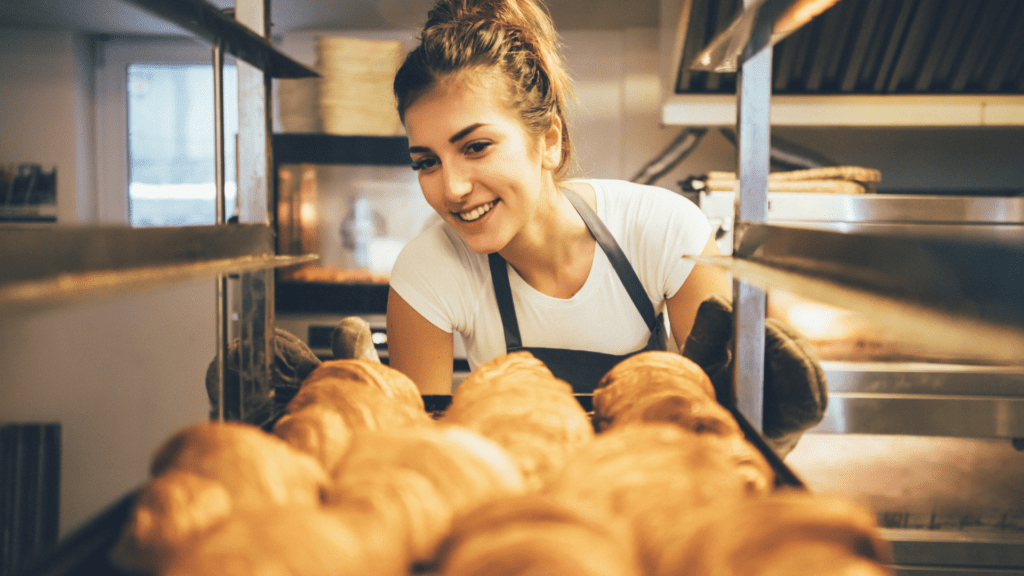From Plant to Cup

Coffee: A Journey Through Coffee Cultivation and Preparation
Coffee is more than just a beverage; it’s a sensory and cultural experience that connects people worldwide.
From the intoxicating aroma of a freshly brewed cup to the rich history behind each bean, coffee is a universe to explore.
In this article, we will embark on a fascinating journey covering everything from cultivation to tasting, unveiling the secrets behind every perfect cup.
For coffee lovers and gastronomy enthusiasts, understanding the nuances of coffee cultivation, processing, and preparation is essential to truly appreciate this iconic beverage.
We will explore the different stages coffee goes through before reaching your cup, highlighting how each phase influences the final flavor and quality.
If you’re curious to learn more about the various types of coffee, brewing techniques, and how to identify the best beans, keep reading.
This journey promises to expand your knowledge and appreciation for coffee, as well as provide valuable tips for experimenting with new ways to enjoy this incredible drink.
1. Origin and Cultivation
The cultivation of coffee is an art that begins with selecting the ideal regions.
The main coffee-producing countries are located around the Coffee Belt, a zone along the equator that includes nations such as Brazil, Colombia, Ethiopia, and Vietnam.
Each region offers unique climatic and geographical conditions, directly influencing the flavor of the beans.
There are two main species of coffee: Coffea arabica and Coffea canephora (robusta). Coffea arabica, known for its smooth and complex flavor, is grown at higher altitudes and accounts for the majority of specialty coffee production worldwide.
Coffea canephora, more resistant to pests, has a stronger and more bitter flavor, often used in blends and instant coffee.
Harvesting can be done manually or mechanically, depending on the region’s topography and desired quality. High-quality beans are often hand-picked to ensure the selection of the ripest cherries, resulting in a sweeter and more balanced beverage.
2. Processing
After harvesting, coffee undergoes processing to remove the pulp from the cherries and extract the beans.
There are three main processing methods: natural (dry), washed (wet), and honey. Each method impacts the coffee’s flavor profile differently.
In the natural method, the cherries are dried whole in the sun before being hulled, resulting in coffee with fruity flavors and a full body.
The washed method involves removing the pulp before drying, providing a cleaner and more acidic flavor profile.
The honey method is a combination of the two, where part of the pulp is left on the bean during drying, offering a balance between sweetness and acidity.
After processing, the beans are roasted, a crucial step that defines the coffee’s final flavors.
Roasting can range from light to dark, influencing characteristics such as acidity, body, and bitterness. Light roasts typically highlight delicate and fruity flavors, while darker roasts intensify robust and bitter flavors.
3. Brewing Techniques
The way coffee is brewed can completely transform your tasting experience. There are various brewing methods, each with its own specific characteristics and equipment. Here are some of the most popular:
Moka Pot: A classic method that produces a strong and full-bodied coffee, similar to espresso.
Filter Coffee (Drip): Used in methods like V60 or Chemex, this technique highlights the clarity and acidity of the coffee.
Espresso: A method that uses high pressure to extract a concentrated and rich coffee with a layer of crema on top.
French Press: Ideal for those who enjoy a more robust body and minimal sedimentation.
Aeropress: A versatile technique that allows control over variables like brewing time and pressure, resulting in a clean and flavorful coffee.
Each method offers a unique experience, and experimenting with different techniques can reveal new aspects of coffee’s flavors and aromas.
4. Tasting and Notes
Tasting coffee is an art that involves all the senses. When tasting a cup of coffee, it’s important to consider the aroma, body, acidity, flavor, and aftertaste.
The aroma is the first impression and can range from floral to chocolatey and spicy notes. The body refers to the mouthfeel, which can be light or full.
Acidity is a desirable characteristic in high-quality coffees, providing a refreshing and vibrant sensation.
Flavors can include a wide range of notes, such as fruity, chocolatey, nutmeg, among others.
Finally, the aftertaste is the flavor that lingers in the mouth after swallowing the coffee, which can be sweet, bitter, or neutral.
To develop your tasting skills, it’s recommended to participate in cupping sessions, where different coffees are evaluated side by side.
This helps identify the nuances of each flavor profile and appreciate the complexity of coffee.
5. Coffee Culture
Coffee is not just a drink; it’s a central element in many cultures around the world. In countries like Italy, espresso is a daily tradition, while in Turkey, coffee is prepared ritually, symbolizing hospitality and friendship.
In Brazil, coffee is an essential part of social life, often accompanying conversations and gatherings.
Coffee culture is also present in movements like the “third wave coffee,” which values the quality of beans and the brewing process, elevating coffee to the level of a gourmet experience.
This movement encourages conscious consumption and the appreciation of specialty coffees, often grown sustainably and ethically.
Visiting local coffee shops and talking to baristas can be a great way to explore coffee culture and learn more about different brewing methods and bean origins.
Each cup of coffee is an opportunity to connect with stories and traditions from around the world.
6. Tips for Enthusiasts
For those looking to deepen their passion for coffee, a few tips can enhance the experience at home:
Choose Quality Beans: Opt for fresh beans from known origins, preferably micro-lots or producers who value quality.
Fresh Grinding: Grinding the beans fresh is essential to preserve the aromas and flavors. Invest in a good coffee grinder.
Proper Storage: Keep the beans in an airtight container and in a cool, dark place to avoid oxidation.
Quality Water: Water makes up the majority of a cup of coffee, so use filtered or high-quality water.
Experiment with Different Methods: Don’t be afraid to try new brewing methods. Each technique can reveal new aspects of your favorite coffee.
Conclusion:
To conclude the topic “Coffee: A Journey Through Coffee Cultivation and Preparation,” we can say that exploring the world of coffee is a rich and diverse journey that goes beyond just drinking a cup.
From cultivation and processing to brewing and tasting, each stage is an opportunity to discover new flavors and appreciate the complexity of this globally beloved beverage.
Keep exploring, experimenting, and learning more about coffee, and you’ll find a universe of flavors waiting to be discovered.
Frequently Asked Questions:
Proceed to the next page to see the most relevant questions on this topic. Many questions may answer your doubts.


